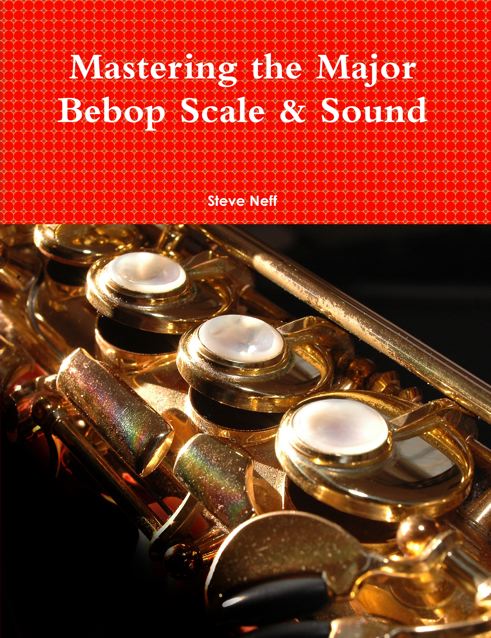Description
Practicing double-time licks is one of the hardest and most frustrating things to work on. You practice and practice and then when you get on the gig it all falls apart. In this 30+ minute lesson, I take you through a typical Sonny Stitt double time line and show you how I would practice it so that I could get the most use out of it. I show you how to break a typical line down into segments and then practice those segments in a “fluid” way that is very beneficial for improvisation. I demonstrate the lines and practice exercises on soprano as well as to a play-along so you can hear first hand how to best practice them. (Video, Audio & PDF)





Colin Bray –
Last night I played my first live gig (in a pub) since receiving your lesson and my double time ‘licks’ came out perfectly. I was playing in a Dixieland band and the guys were impressed!
As you said in your lesson,I had to practice the same phrases until I could play them whilst thinking of what I was having for Dinner.[But what a lot of boring repetitious practice.]
Thank you again for your help,
Colin Bray.
Ron Bull –
Steve as always, goes above and beyond in his delivery of not only the concepts but also the methods to be utilized in order to achieve mastery. By partitioning a lick into smaller modules, he explains how these fragments when varied rhythmically for example, can become part of your own vocabulary, standing alone from the original lick itself. Brilliant !! Thanks Steve !! Great lesson with your gentle reminders of “the point of this” or “look at the big picture” or “the desired end result is…..”
Ron Bull 🙂
Steve Nye –
Much GOOD ADVICE in this lesson. The method can be applied to any musical phrase. Gee, Mr. Neff, I wish you’d been my teacher long ago.
Steve Nye
Az Samad –
In this video, Steve goes through a Sonny Stitt double time lick and uses that as a basis to teach us how to really master double time licks. The cool thing about this video is that it really feels like taking a private lesson with Steve Neff on this topic.
As you go through the video, and especially if you practice the line in the process he prescribes, you can get a lot of milleage from the lesson. I find that his demonstrations of his practice routine really valuable and insightful.
Most of the advice might seem logical but it’s interesting to see how many people actually practice this way. My guess is probably not as many since even when I teach students, double time lines is a challenge that many face.
In conclusion, if you’ve ever had any issues learning double time lines in a jazz context effectively, this video might just be something worth getting to help you out. It certainly was helpful to me and I believe it might be for some of you too.